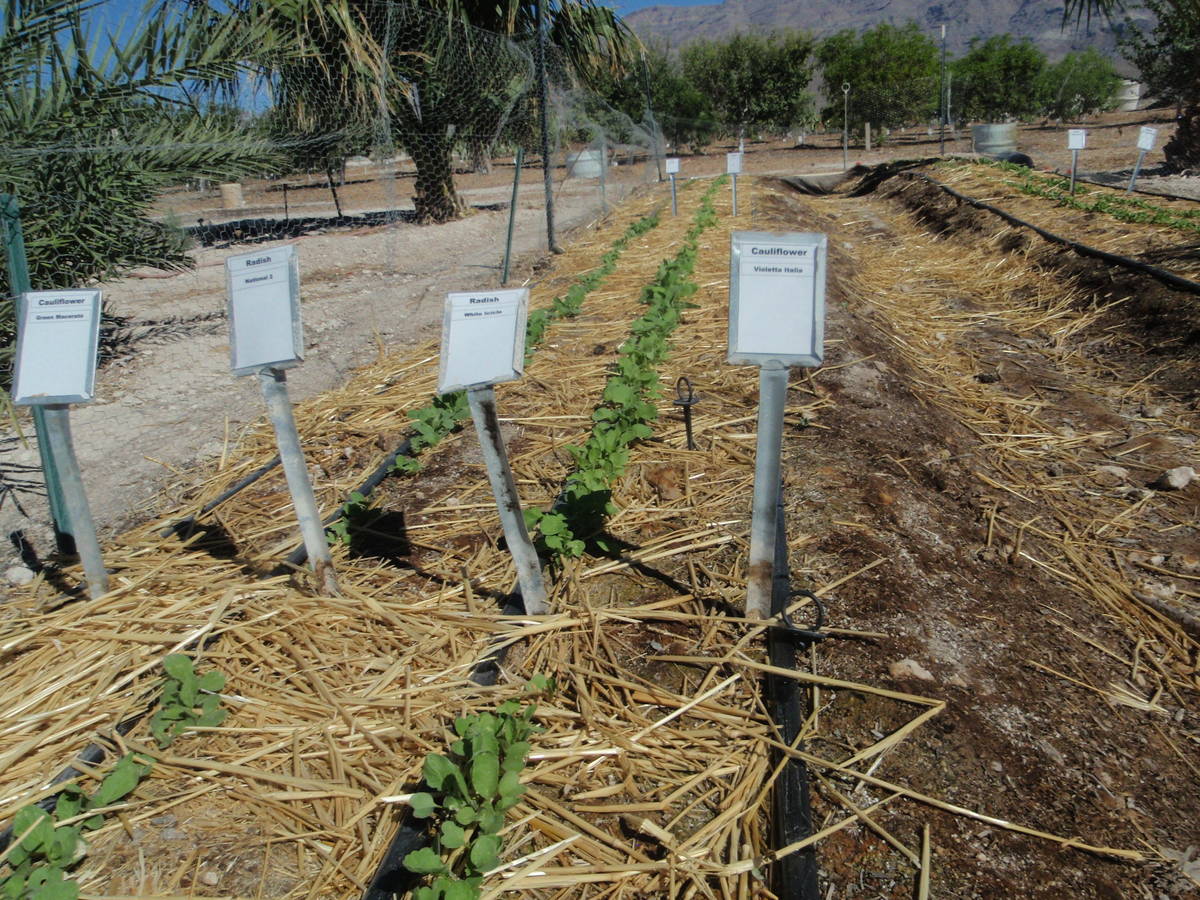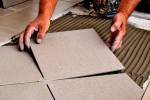No simple way to prevent tree suckers
Q: Is there a simple way of stopping or preventing the volunteer trees, i.e., new tree growth that suddenly starts growing near the base of the original tree?
A: Some plants grow suckers at the base of the plant and others produce suckers, or new growth, a distance away from the plant. If roots of suckering plants find water and it is out in the open with enough sun, they will sucker.
This is the difference between suckers arising from the stem or trunk (sometimes called the “crown”) and growing from the roots. Plants that can grow as a bush sucker from the crown. Plants that form thickets grow suckers from their roots. Roots suckers are common to some plums and jujube as well as landscape trees like elm.
So far, the only practical way to eliminate them is to slice the roots and remove these plants, roots and all. To prevent diseases found in the soil from invading the tree roots, allow these cut surfaces to heal 24 hours before burying them again.
Q: The class action lawsuits against the weedkiller Roundup claims it can cause lymphoma. Nonetheless, nurseries and big box stores still carry it and even promote it. Isn’t there a safer weedkiller? I have been using BurnOut made by Bonide that is promoted as being pet and people safe. Why is it so hard to find?
A: Products like BurnOut are not required to show efficacy data before entering the consumer market. Efficacy data demonstrates to the regulatory agency that it does what it says it does. It’s a form of consumer protection. There are other companies besides Bonide that produce products like these.
There is a list of ingredients considered organic and exempt from regulation by the Environmental Protection Agency. Each state determines if these products should be sold or not through whatever regulatory agency is responsible. Efficacy data may or may not be required by a state.
BurnOut contains citric acid and clove oil as active ingredients. Roundup contains glyphosate as its active ingredient. Burnout is a weedkiller that kills by contact. Roundup moves inside the plant and is therefore considered a systemic weedkiller.
If you look at both labels, Roundup must demonstrate that it does what it says it does. This requires EPA registration. There is a federal registration number on the label showing it has met that requirement.
Citric acid and clove oil are considered organic ingredients and do not require the submission of efficacy data to the EPA. There is no EPA registration number on the BurnOut label.
Also, personal protective equipment such as gloves and eye/nose protection is not required when using products like BurnOut. You must wear PPE when using Roundup.
My guess is that products such as BurnOut, as well as homemade weed killer recipes promoted on the internet, are contact weed killers. Whatever plants with leaves you spray, you kill. Roundup is a systemic weedkiller that mostly targets grasses but kills many other plants as well and kills the roots as well (systemic) so there is little to no regrowth of perennial weeds.
Why products like BurnOut are not found more? I think a lot of it has to do with the investment the company makes when developing these products, in many cases millions of dollars. Bonide does not have to invest as much money and show efficacy data when developing and marketing a product like BurnOut. I will handle this in more detail on my blog.
Q: How can I get rid of spurge in my vegetable garden? I have been hoeing it and hand pulling it just about every day, but it appears to be getting ahead of me this year. I do not use any chemicals in my garden, so that is not an option.
A: Shade. Spurge hates shade. Spurge is a pernicious weed; it hugs close to the ground when it grows and germinates rapidly from seed it produces in less than 30 days during summer months.
It also can grow new roots if it is hoed and left on top of wet garden soil. It must be removed after hoeing since this plant produces seeds continuously.
Its strengths are how much seed it produces, how fast the seed germinates and its ability to root in moist soil once it’s been hoed. But its big weakness is shade. By that I mean it doesn’t take much to shade it out. If the garden space is full of plants and producing a lot of shade, spurge has a difficult time.
There are several types of spurge, but I think yours is prostrate or creeping spurge that hugs the ground and makes a tiny drop of white latex when the stem is broken. And of course, lots of seed.
Weeds rob water, fertilizer, space and harbors insects and disease, but they need light. That’s also their weakness.
So, use a surface mulch (½ inch deep) thick enough to shade the soil to defeat it. The application of anything deep enough to keep light from getting to the seed will keep it from growing. Apply this surface mulch after planting or after the seed is up. Garden mulch includes horse bedding, straw, paper (sheets, strips or shredded), cardboard or anything else that blocks light from reaching the seed.
Apply this surface mulch early in the season and hoe the soil surface before you put it down. Spurge seed produced during August and later will not germinate until next year. But any older seed still lying on the soil will germinate if it gets water and light. By the way, most annual weeds like spurge and many others hate mulch.
Q: The fruit from my nectarine had a lot of sores — spots with tiny bubbles of hardened fluid. Yesterday, early evening, I sprayed the tree with soapy water in hopes of improving the problem.
A: Your nectarine fruit has damage from western flower thrips. That’s one of the reasons I don’t plant too many of them. Western flower thrips are hard to control without spraying frequently and soapy water alone won’t do it. Spraying with spinosad insecticides weekly until harvest, starting after the flower petals have dropped, has given the best control for me.
I alternate spinosad with neem oil and soap and water sprays so western flower thrips don’t build resistance to it so easily. Peaches are easier to grow without spraying as much because of their fuzzy skin.
Q: Can you tell me where I can purchase a moringa tree to grow in Las Vegas?
A: Moringa is a tropical tree that freezes to the ground during the winters when we get below-freezing temperatures. Most of the attention given to growing moringa is on leaf production. Winter freezing for this tree in our climate is not critical because it can sucker from its base each spring.
I don’t know any place locally where you can buy one. There are several people in Las Vegas with success growing moringa in their yards.
The tree is easy to propagate from stem cuttings if you know someone who will permit you to take cuttings. We use 2- and 3-inch diameter stem cuttings from our existing moringa trees (malunggay in Tagalog) on our farm in the Philippines.
In Las Vegas, I would use thumb diameter cuttings taken in spring and grow them in a protected location in containers until leaves are seen. The following year replant them into their final location. Otherwise, start the tree from seed which can be purchased online.
Q: Along the walking paths in our Aliante area, we spotted pieces of crystallized gum on several low growing shrubs we think are some sort of acacia. It appears the gum might be coming out only at places where the branches have been trimmed.
A: This shrub is probably acacia redolens, also called bank catclaw or desert carpet. Two species of acacia trees are famous for their hardened sap and the making of gum arabic. Gum arabic is used as a thickening agent in foods and glue.
But, to my knowledge all acacia produce sap. Whenever sap is collected from plants, the plants are damaged in some way (think maple syrup). This damage causes the sap to flow, which hardens in the air and is collected. Birds like sapsuckers are named for the damage they create in trees when they are feeding.
You are probably right. Gum was produced after it was pruned because of the damage.
Bob Morris is a horticulture expert and professor emeritus of the University of Nevada, Las Vegas. Visit his blog at xtremehorticulture.blogspot.com. Send questions to Extremehort@aol.com.





























